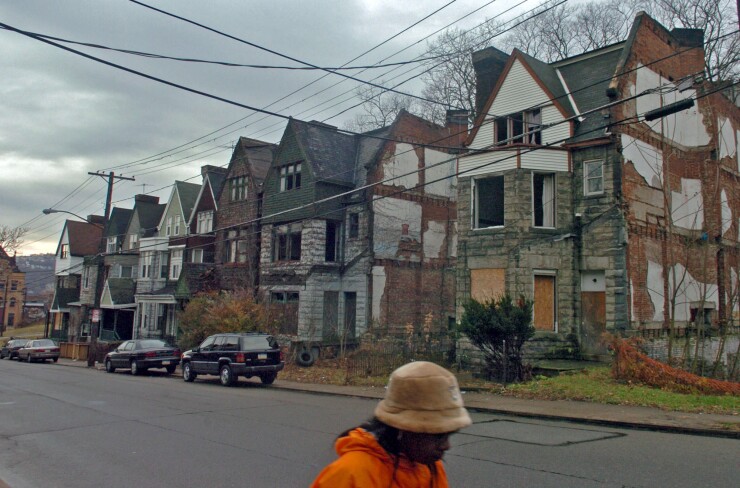
It's no secret that our nation faces a massive housing affordability crisis. With soaring rents and home prices shutting the door to homeownership for moderate- and middle-income families, this has truly become an emergency. Historically,
Experts have identified
ADUs and other middle-density developments not only offer better affordability than single-family homes, but they can also create other benefits as well, such as reducing sprawl, traffic and transportation-related greenhouse gas emissions.
While increasing the number of such developments can greatly help renters, we shouldn't lose track of their ability to also create more affordable homeownership opportunities. Homeownership remains one of the main ways most Americans build wealth, but single-family homeownership is far out of reach for an increasing number of Americans, especially Black and Latino families who, on average, have less wealth and lower incomes than whites. Middle-density, for-sale housing is the most cost-effective way to increase homeownership in these communities.
Despite the crucial zoning and land-use reforms we've seen, progress in building more middle-density housing is slowed by a lack of financing, often leaving more affluent homeowners or buyers as the only ones able to take advantage of the zoning changes. CDFIs can bridge this gap by financing these projects themselves and showcasing their potential to commercial lenders.
Historically, CDFIs' housing work has focused on traditional multifamily apartment buildings financed through the Low-Income Housing Tax Credit programs. However, they have proven to be highly successful at addressing market gaps in traditional lending for other types of socially beneficial endeavors. CDFIs have greatly helped meet the needs of small-business and microenterprise owners throughout the U.S. — small entrepreneurs who also face structural hardships in accessing capital from traditional bank lenders. As a part of the federal government's response to the COVID-19 pandemic,
Community Financial Development Institutions' mission-driven lending has traditionally been a small segment of the lending market. That's beginning to change, but plugging into secondary lending markets might not be the kind of change communities need.

Despite their success in small-business lending, CDFIs have not played a meaningful role in creating new financing solutions for any type of middle-density housing. Out of more than 100 certified CDFIs based here in California, none have an explicit focus specifically on ADUs or "missing middle" unit developments.
And right now, there is a gap in financing availability for these sorts of developments that CDFIs are well positioned to fill.
According to a recent white paper by
According to the
The legal basis for greatly increasing the number of multifamily dwellings for both rental and purchase now exists in many places, and interest is growing. Filling in the current financing gap can help make this type of housing real on a scale capable of easing our housing affordability crisis. The field urgently needs the flexibility and creativity that CDFIs bring to small-business lending to make that dream a reality.





